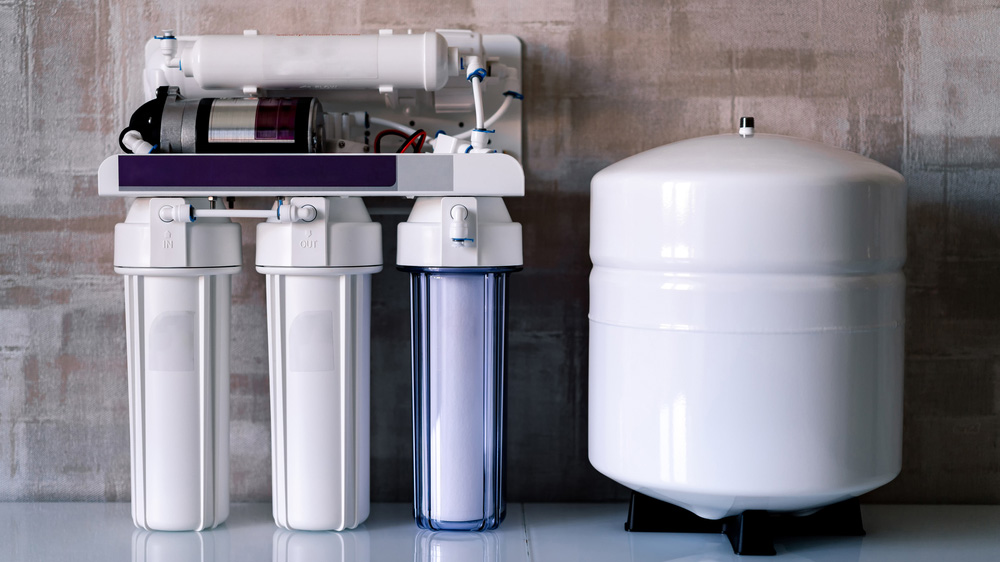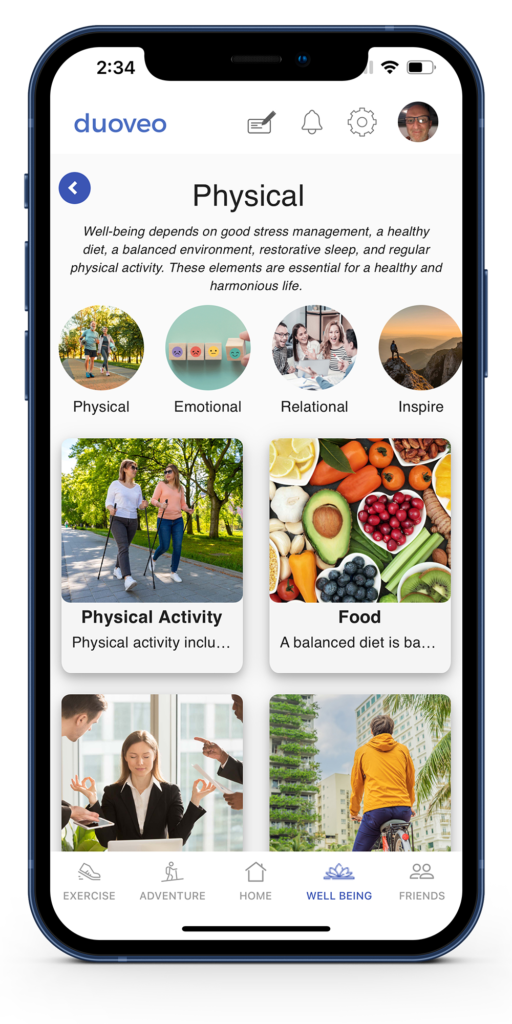Imagine a world without clean water. Unthinkable, isn’t it? Drinking water is more than just a beverage; it’s a spark of life, a key essential to our health and happiness. Yet, one-third of the global population lacks access to it. Let’s explore why clean drinking water is crucial for a healthy environment and optimal well-being, and how we can purify it to ensure quality for all.
An Indispensable Elixir for Our Health
Drinking water is the essential resource that keeps our bodies balanced. Did you know our bodies are composed of 60% water? Every cell and every organ depends on this magical elixir. Clean drinking water hydrates our tissues, transports nutrients, and eliminates toxins. However, consuming contaminated water can lead to serious illnesses, such as diarrhea, parasitic infections, or chronic diseases from chemical pollutants.
Access to quality drinking water is a fundamental right to preserve our well-being. According to the World Health Organization (WHO), millions of lives could be saved each year with clean water. This extends beyond drinking; bathing with clean water prevents skin infections and contagious diseases.
An Ally for a Healthy Environment
Clean water is also the backbone of a balanced ecosystem. Rivers and lakes free from pollution support flourishing biodiversity. When we protect our water sources, we protect the fish, aquatic plants, and birds that depend on them.
Water pollution, whether from industrial waste or agricultural pesticides, has devastating consequences. Polluted aquifers can contaminate our domestic water systems, endangering our health. Adopting responsible habits, such as recycling or using eco-friendly products, contributes to protecting our precious water resources.
Purification Methods: Making Water a Pure and Safe Ally
Given the often limited availability of clean drinking water, purification techniques play a vital role. Here are the most common solutions to ensure quality drinking water:
- Home Filtration: A Readily Available Solution
Activated carbon filters are unsung heroes in our homes. They remove impurities, unwanted tastes, and odors while preserving essential minerals. Ideal for questionable tap water! - Boiling: Simple and Effective
Boiling water for 5 to 10 minutes kills most pathogens. It’s an accessible solution everywhere, but it doesn’t remove chemical pollutants. - Chemical Purification: The Art of Disinfection
Chlorine or iodine tablets can make water potable within minutes. They’re perfect for adventurers, but prolonged use may alter taste. - Ultraviolet (UV) Light: A High-Tech Solution
UV lamps destroy microbes in the blink of an eye without adding chemicals. Effective and quick, this method is ideal for areas with reliable electricity. - Reverse Osmosis: Purified Quality
This advanced technology removes almost all impurities, including nitrates, lead, and viruses. However, it requires an initial investment and significant water consumption. - Distillation: The Ultimate Purity
By heating water to collect condensed vapor, this method ensures complete elimination of contaminants. The downside? It requires a lot of energy.
Actions to Undertake for a Better Future
Everyone can play a role in preserving and purifying water. Here are some simple actions to transform our relationship with this vital resource:
- Prioritize Rainwater Harvesting Systems: An economical and eco-friendly way to obtain water for domestic use.
- Use Biodegradable Detergents: Reduce the impact of chemicals in wastewater.
- Support Local Initiatives: Participate in community projects to protect water sources.
- Invest in Environmental Education: Collective awareness ensures sustainable behaviors.
Conclusion
Clean drinking water is an indispensable resource that touches all aspects of our lives, from health to the environment. Adopting purification methods and responsible behaviors is not just a personal choice but a duty to our planet and future generations. Together, let’s make water a shared and sustainable source of well-being.
Sources:
- Centers for Disease Control and Prevention – Water Treatment Methods
- World Health Organization – Drinking Water Quality
- National Geographic – Water Crisis Explained
- Water.org – Access to Safe Water
- Environmental Protection Agency – Safe Drinking Water Act


